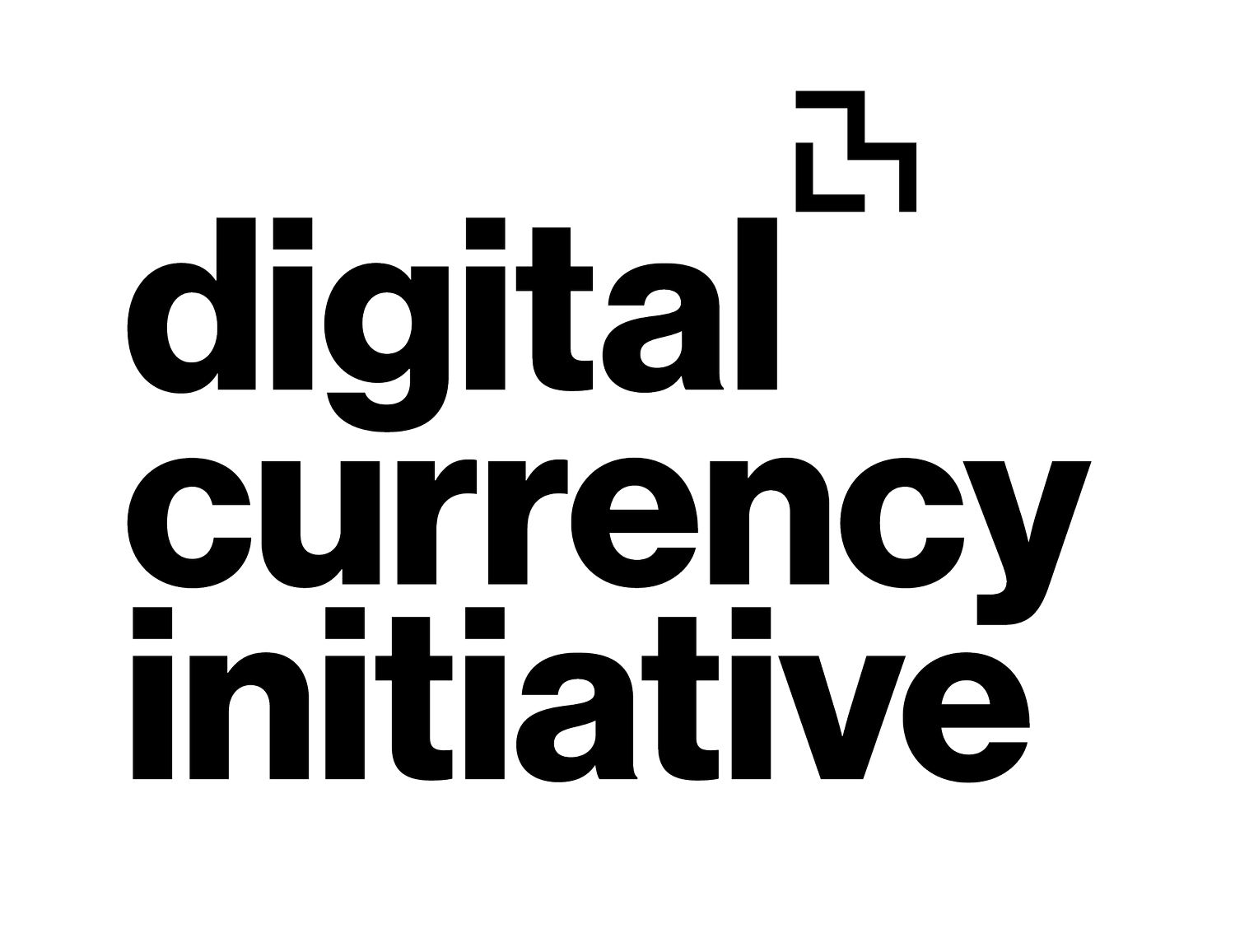Joining MIT DCI to lead our Bitcoin Software and Security Effort
We’re excited to share that AJ Towns is joining the Digital Currency Initiative to lead our Bitcoin Software and Security Effort (please find his announcement below). This four-year research and development program is designed to continue to harden the Bitcoin network and steward the industry’s commitment to funding open source software. The effort will include contributing to Bitcoin Core development as well as longer-term research, such as investigations into the stability of rewards and software to provide strong robustness and correctness guarantees. It will also include attracting talent in network and operating system security, compilers, programming languages, testing, and more to join the effort.

DCI Team Members presented on an array of topics at the 2021 MIT Bitcoin Expo.
View the DCI presentation and fireside chats from the 2021 MIT BItcoin Expo here

Bitcoin’s (un)common good
Digital Currency Initiative at the MIT Media Lab Launches New Bitcoin Software and Security Effort with Industry Leaders
Thanks to millions of open source developer hours over the past 12 years, and a burgeoning and supportive ecosystem, Bitcoin is no longer an obscure cryptographic toy. It is now an open-source financial network that secures on the order of $1T of value.
As the use of Bitcoin grows, and as it becomes more deeply embedded into our societies, the security of the network must grow and strengthen alongside it. Yet, as a common good, there is no one single Bitcoin protector or guardian to take on this formidable task. By design, there is no central command. And while this presents significant logistical challenges, it is also the distinguishing feature perhaps most unique to Bitcoin: no central point of failure. Bitcoin's nearly-uninterrupted operation over the years is a testament to the power of decentralization…
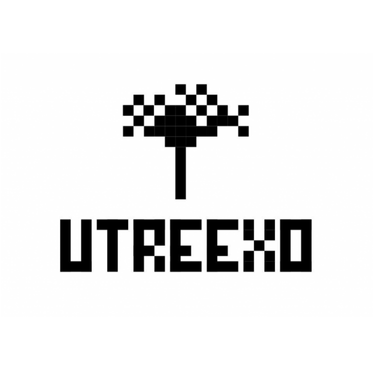
Utreexo demo release 0.2 by Tadge Dryja
The goal of Utreexo is to make running a full node easier, faster, and smaller, and while that’s more of an asymptote than a point on any curve, we’re getting there. Today we’ve released Utreexo demonstration 0.2, which pairs the Utreexo accumulator with a modified version of btcd(temporarily called utcd). Most of the utcd work was done by Calvin Kim, as Niklas Gögge and myself have been working on improving the accumulator and how it interacts with the bitcoin data structures. Calvin has written a post about the work as well.
This new release works more like a normal bitcoin node: it starts up, finds peers, and verifies the blockchain. There are still things it doesn’t have, like a mempool, or a way to deal with reorgs. (It currently deals with reorgs by crashing.)

"Comments to the Financial Crimes Enforcement Network on Requirements for Certain Transactions Involving Convertible Virtual Currency or Digital Assets" by Neha Narula and Patrick Murck
Re: Comments to the Financial Crimes Enforcement Network on Requirements for Certain Transactions Involving Convertible Virtual Currency or Digital Assets
FinCEN Docket No. FINCEN-2020-0020, RIN 1506-AB47
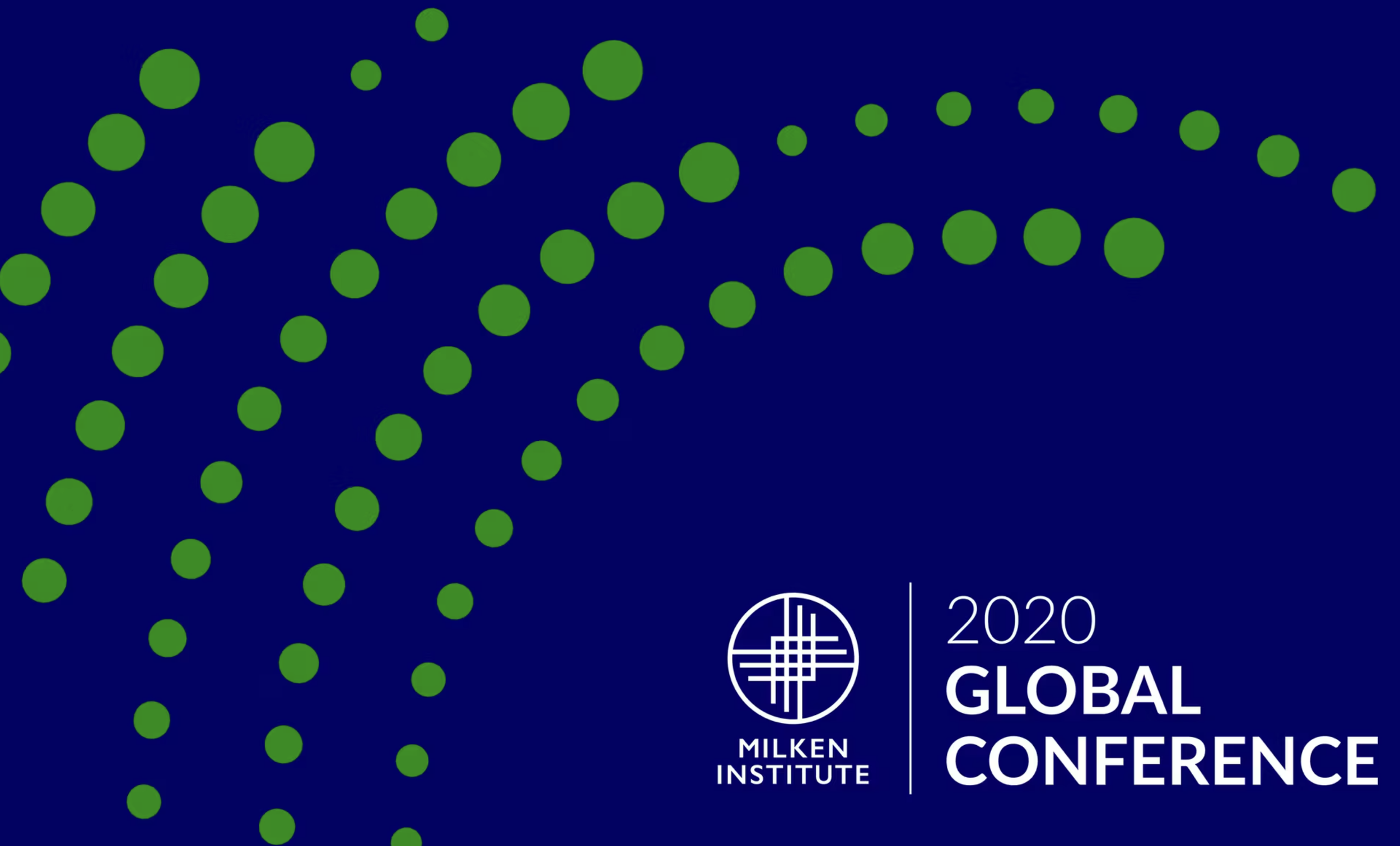
Neha Narula participates in "The Next Frontier in Payments and Financial Inclusion" Panel at the 2020 Global Conference by Milken Institute
FinTech offers unparalleled opportunities for financial inclusion, on both macro and micro scales. Today, payments are embedded in platforms in ways that will upend traditional commerce; crypto payments are creating new ecosystems of inclusivity between businesses and customers; and central banks are looking at digital currency to address inclusion on a national scale. This panel discussion will run the gamut of these exciting developments.

Neha Narula joins the Online Event: Digital Currency, Cross-Border Payments, and the International Monetary System
Please join the CSIS Economics Program in partnership with the OMFIF Digital Monetary Institute for a virtual webinar. This event will feature keynote remarks from Brent McIntosh, Under Secretary for International Affairs at the U.S. Department of Treasury and Kenji Okamura, Vice Minister of Finance for International Affairs at Japan’s Ministry of Finance to discuss recent digital currency developments and what they could mean for the future of the international financial and monetary systems. The keynote will be followed by an expert panel discussion to address key issues including:
The link between digital currency, cross-border payments infrastructure, and currency usage in the international financial and monetary systems.
Technology that supports digital currency and how it can meet the design requirements, specifically of central bank digital currency.
Opportunities and risks presented by digital currency to commercial banks and established payments providers.
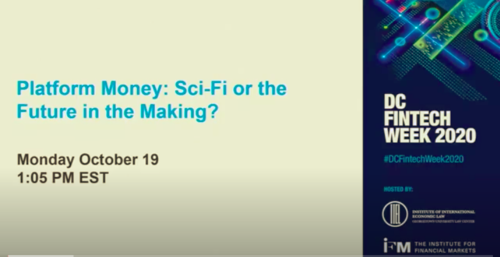
Neha Narula took part in the panel "Platform Money: Sci-Fi or the Future in the Making?" during the 2020 DC Fintech Week
There are many models for “money”--account based models and tokenized money dominate many conversations, but other pathways are breaking new ground as well, including new emoney solutions and conceptions of money as an infrastructure or platform that could support new financial applications and innovations. We talk on this panel about what’s likely--and possible.
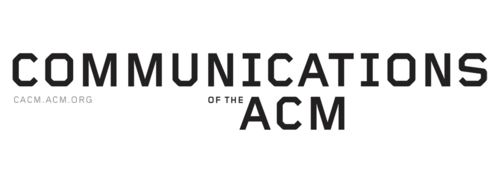
"Responsible Vulnerability Disclosure in Cryptocurrencies" - New Paper Co-authored by Neha Narula
“Despite the focus on operating in adversarial environments, cryptocurrencies have suffered a litany of security and privacy problems. Sometimes, these issues are resolved without much fanfare following a disclosure by the individual who found the hole. In other cases, they result in costly losses due to theft, exploits, unauthorized coin creation, and destruction. These experiences provide regular fodder for outrageous news headlines. In this article, we focus on the disclosure process itself, which presents unique challenges compared to other software projects. To illustrate, we examine some recent disclosures and discuss difficulties that have arisen…”

Pool Detective Lead Gert-Jaap Released a New Research Description for Pool Detective : "Who is Monitoring Mining Pools?"
One of our goals at the Digital Currency Initiative is to harden the security of cryptocurrency networks. Most users of cryptocurrency take the actual network protocol and all of its implementation — mining, pools, validation, messaging, and more — for granted, and aren’t necessarily aware of all the ways these mechanisms might be attacked or fail. For example, though mining pools are a huge part of Bitcoin’s network security, there isn’t any available public monitoring to make sure that mining pools are well-behaved. There isn’t even a standard way to look at what pool operators are doing or infrastructure to keep tabs on pool operators.

Tadge Dryja Releases Utreexo's First Demonstration
DCI Research Scientist Tadge Dryja released the Utreexo Demonstration today through a Medium post.
“I’m excited to announce the release of the first demonstration of Utreexo. Utreexo is a new scalability technology for Bitcoin, which can make Bitcoin nodes smaller and faster while keeping the same security and privacy as full nodes.”

MIT DCI response to Bank of England CBDC discussion paper
The Bank of England released a Central Bank Digital Currency (CBDC) Discussion Paper on March 12th, 2020. The DCI curated a response, led by Rob Ali, which explored topics in the paper (June 12th, 2020)
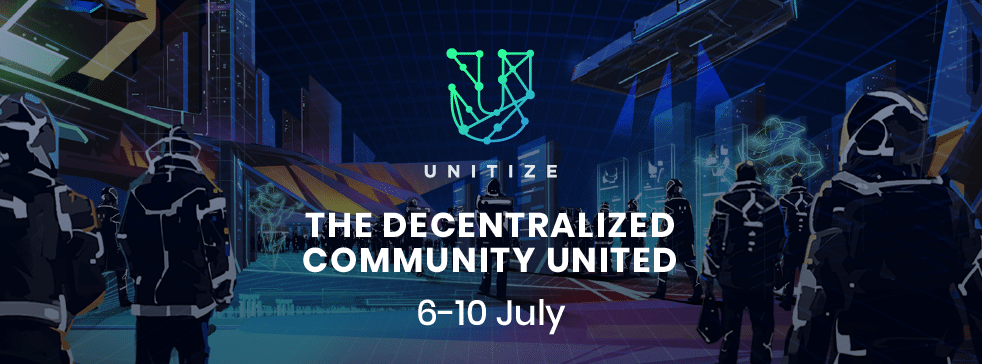
DCI Team Members Presented at the Crypto Economic Security Conference: Unitize Online Event July 6-10th, 2020
Many DCI Team members presented at the Crypto Economics Security Conference: Unitize Online Event July 6-10th, 2020.
View their presentations here

Digital Currency Initiative's Livestream Series - Episode 2: Proof-of-Work
Director Neha, Software Developer Gert-Jaap, Phd student Daniel M. (Harvard) and recent MIT DCI MEng Graduate James discuss Proof-of-Work; and the Digital Currency Initiative’s recent projects around Proof-of-Work. Including Monitoring Pool Mining (Gert-Jaap), Double Spend Attacks (Daniel M. and Neha) and 51% Attacks (James).

Digital Currency Initiative's First Livestream in Upcoming Series
Here is the first livestream in a new series from the Digital Currency Initiative. During this episode, meet some of our team and find out more about the DCI and what we do.
Reorgs on Bitcoin Gold: Counterattacks in the wild - Medium Post by James Lovejoy
The economic security of Bitcoin and other proof-of-work cryptocurrencies relies on how expensive it is to rewrite the blockchain. If a 51% attack were economically feasible, an attacker could send a transaction to a victim, launch the attack, and then double spend the same coins back to themselves. Satoshi Nakamoto assumed that this would not occur because a majority of miners would find it more lucrative to honestly follow the protocol than to attack the chain, the source of their own mining revenues.
ClockWork: An Exchange Protocol for Proofs of Non Front-Running by DCI Co-op Dan Cline with Tadge Dryja and Neha Narula of the DCI
Abstract:
Exchanges are critical for providing liquidity and price transparency to markets, but electronic exchanges sometimes front run their users: because the exchange is in a privileged position, it can observe incoming orders and insert its own orders or alter execution to profit, if undetected, risk-free. There are cryptographic schemes to address front-running, but they either require an assumption of non-collusion or do not definitively prevent it, and none can provide the exchange with useful evidence of good behavior: a transcript the exchange can show to an offline entity, like a potential new customer or a regulator, to prove that it is not front running.
'Aurora: Transparent Succinct Arguments for R1CS' by DCI's Madars Virza et al.
Abstract:
We design, implement, and evaluate a zero knowledge succinct non-interactive argument (SNARG) for Rank-1 Constraint Satisfaction (R1CS), a widely-deployed NP language undergoing standardization. Our SNARG has a transparent setup, is plausibly post-quantum secure, and uses lightweight cryptography. A proof attesting to the satisfiability of n constraints has size 𝑂(log2𝑛)O(log2n); it can be produced with 𝑂(𝑛log𝑛)O(nlogn) field operations and verified with O(n). At 128 bits of security, proofs are less than 250kB250kB even for several million constraints, more than 10×10× shorter than prior SNARGs with similar features.

'Blockchain and Money' course taught by DCI Advisor Gary Gensler is now available on MIT Open Courseware
“This course is for students wishing to explore blockchain technology's potential use—by entrepreneurs and incumbents—to change the world of money and finance. The course begins with a review of Bitcoin and an understanding of the commercial, technical, and public policy fundamentals of blockchain technology, distributed ledgers, and smart contracts. The class then continues on to current and potential blockchain applications in the financial sector.”
'Data Structures Meet Cryptography: 3SUM with Preprocessing' by DCI's Sunoo Park et al.
Abstract
This paper shows several connections between data structure problems and cryptography against preprocessing attacks. Our results span data structure upper bounds, cryptographic applications, and data structure lower bounds, as summarized next.
